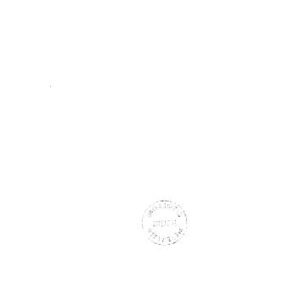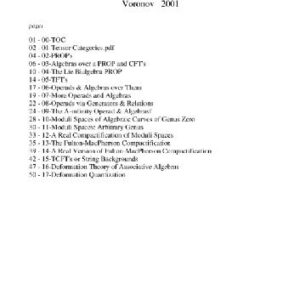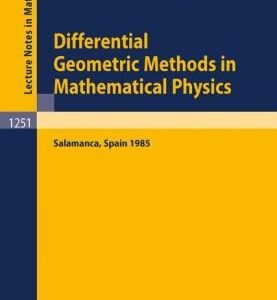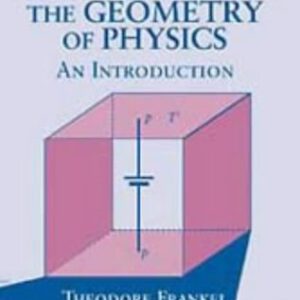This work examines the beautiful and important physical concept known as the ‘geometric phase,’ bringing together different physical phenomena under a unified mathematical and physical scheme.
Several well-established geometric and topological methods underscore the mathematical treatment of the subject, emphasizing a coherent perspective at a rather sophisticated level. What is unique in this text is that both the quantum and classical phases are studied from a geometric point of view, providing valuable insights into their relationship that have not been previously emphasized at the textbook level.
Key Topics and Features:
? Background material presents basic mathematical tools on manifolds and differential forms.
? Topological invariants (Chern classes and homotopy theory) are explained in simple and concrete language, with emphasis on physical applications.
? Berry’s adiabatic phase and its generalization are introduced.
? Systematic exposition treats different geometries (e.g., symplectic and metric structures) living on a quantum phase space, in connection with both abelian and nonabelian phases.
? Quantum mechanics is presented as classical Hamiltonian dynamics on a projective Hilbert space.
? Hannay?s classical adiabatic phase and angles are explained.
? Review of Berry and Robbins’ revolutionary approach to spin-statistics.
? A chapter on Examples and Applications paves the way for ongoing studies of geometric phases.
? Problems at the end of each chapter.
? Extended bibliography and index.
Graduate students in mathematics with some prior knowledge of quantum mechanics will learn about a class of applications of differential geometry and geometric methods in quantum theory. Physicists and graduate students in physics will learn techniques of differential geometry in an applied context.

![[PDF] Geometric Phases in Classical and Quantum Mechanics Dariusz Chru?ci?ski, Andrzej Jamio?kowski (auth.)](https://pdfelite.com/wp-content/uploads/2024/04/9c2d500616e1ecad85d3a78f17fe9e88-d.jpg)




Reviews
There are no reviews yet.